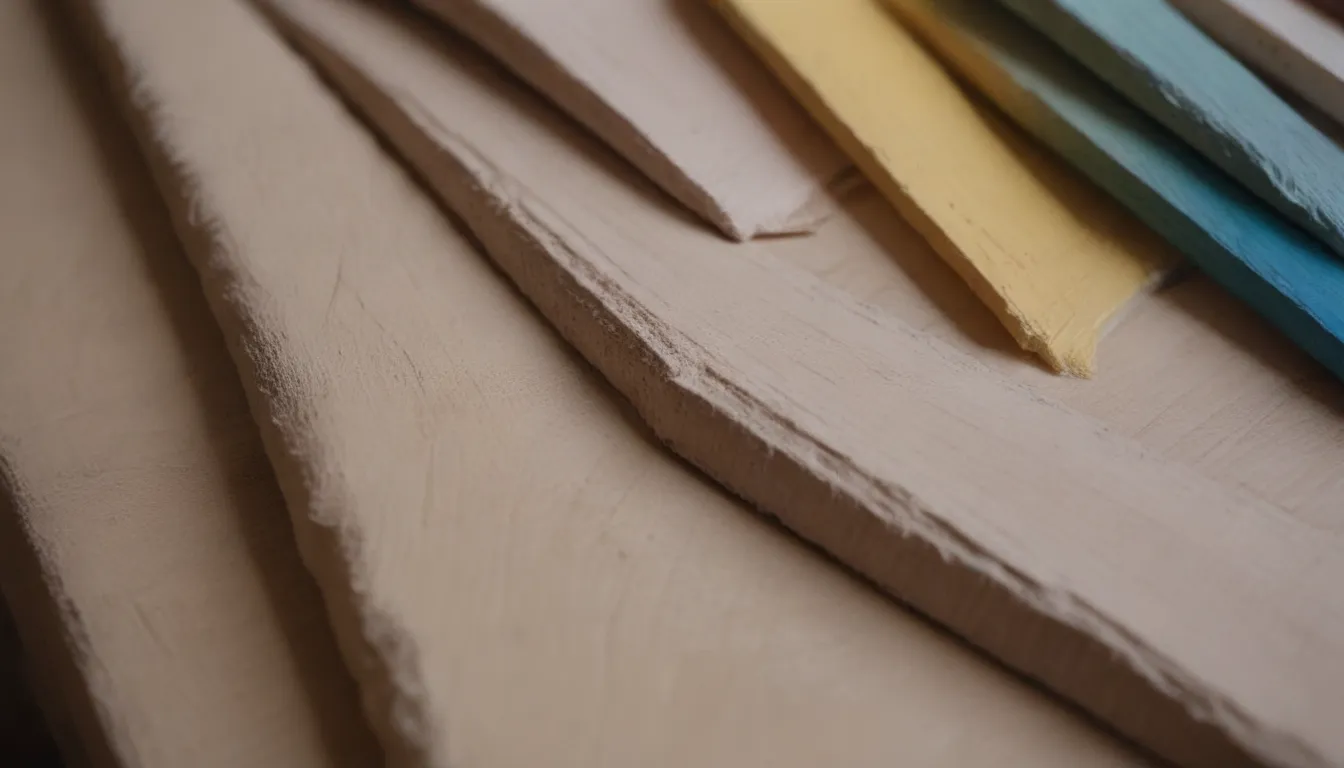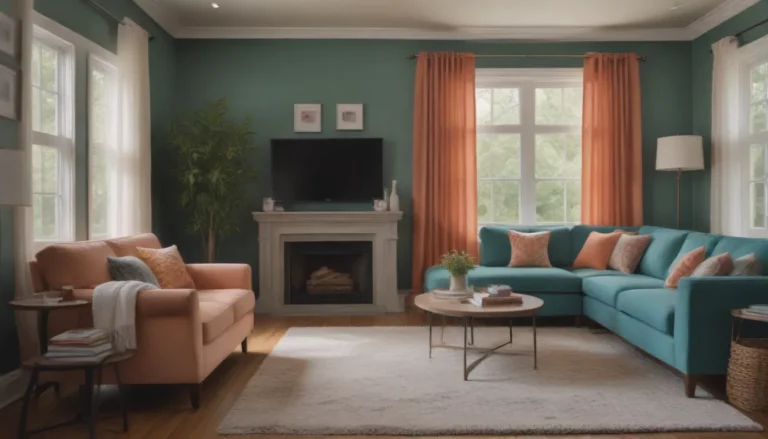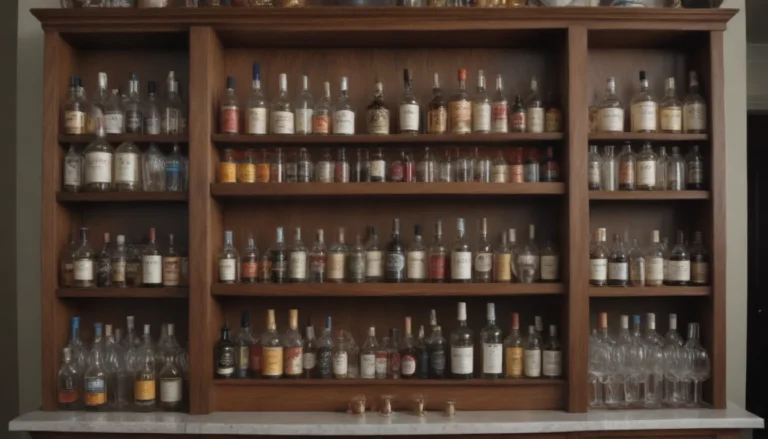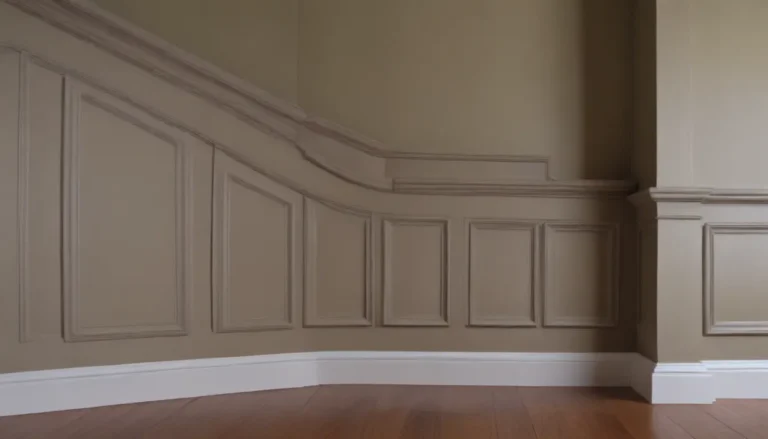Understanding Milk Paint and Chalk Paint: A Comprehensive Guide

Are you a DIY enthusiast looking to give your furniture a fresh new look? You may have come across milk paint and chalk paint as popular choices for creating beautiful finishes on various items. While these two paints may seem quite similar at first glance, there are key differences that set them apart. Let’s dive deep into the world of milk paint and chalk paint to understand their similarities and distinctions.
Exploring the Similarities Between Milk Paint and Chalk Paint
Milk paint and chalk paint share several common features that make them highly favored by DIYers and professionals alike. Here are some similarities between these two decorative finishes:
- Both milk paint and chalk paint are used for creating distressed or antiqued looks on furniture, walls, and other surfaces.
- They both have a matte-like texture that adds depth and character to the painted object.
- Unlike latex paint or oil-based paint, milk paint and chalk paint have minimal odor and dry quickly.
- Both paints are water-based, making them environmentally friendly with low levels of volatile organic compounds (VOCs).
While these similarities make milk paint and chalk paint versatile options for various projects, it’s essential to understand the unique qualities that set them apart.
Understanding the Differences: Milk Paint vs. Chalk Paint
At the core of the distinction between milk paint and chalk paint lies one main ingredient—milk. Let’s explore how these two paints differ in terms of composition and application:
Milk Paint:
- Milk paint comes in a dry powder base that needs to be mixed with water and separate dry pigments before use.
- The inclusion of milk protein in milk paint gives it a faint smell of fresh-cut grass that dissipates after application.
- Milk paint offers a slightly lumpy texture, which can be advantageous for creating a streaky finish or achieving a chippy, distressed look.
- Due to its organic nature, milk paint has a shorter shelf life and needs to be mixed fresh for optimal results.
Chalk Paint:
- Chalk paint is a fully-mixed, liquid paint that only requires hand-stirring before application.
- This paint dries to a flat, chalky texture and is completely odor-free.
- Chalk paint can be used to create a smooth, modern finish by sanding down multiple layers.
- While chalk paint offers attractive designer colors, customization options are limited compared to milk paint.
Whether you’re aiming for a vintage, distressed look with milk paint or a sleek, modern finish with chalk paint, understanding these differences can help you choose the right product for your project.
The Application and Benefits of Milk Paint
Milk paint, with its natural ingredients and eco-friendly qualities, is a popular choice for furniture refinishing and decorative painting projects. Here are some key aspects of milk paint to consider:
- Milk paint is traditionally used for large furniture pieces and can also be applied to walls and ceilings.
- This paint allows for the creation of unique colors by mixing dry pigments into the liquid base.
- The matte finish of milk paint offers a subtle sheen that complements various styles and aesthetics.
- Milk paint is ideal for achieving a chippy, distressed look that adds character and charm to furniture pieces.
- While milk paint may require power mixing for a smooth finish, its green and non-toxic composition makes it a safe choice for DIY projects.
By harnessing the versatility and distinctive qualities of milk paint, you can transform your furniture and living spaces with a personalized touch that reflects your style.
Exploring the Versatility of Chalk Paint
Chalk paint has gained popularity in recent years for its ease of use and ability to create unique finishes with minimal prep work. Here’s why chalk paint is a go-to choice for DIYers:
- Chalk paint, pioneered by Annie Sloan, offers a convenient, pre-mixed solution for achieving a flat, chalky texture.
- This paint dries quickly to a touchable finish within an hour, making it ideal for quick projects and on-the-go applications.
- Chalk paint can be used to create both antiqued and modern finishes by adjusting the application technique.
- While customization options may be limited, the wide range of designer colors available in chalk paint ensures versatility and creativity in your projects.
With its user-friendly application and diverse range of finishes, chalk paint provides DIY enthusiasts with the tools to unleash their creativity and transform everyday items into works of art.
Tips for Choosing Between Milk Paint and Chalk Paint
When deciding between milk paint and chalk paint for your next project, consider the following factors to make an informed choice:
- Project Scope: If you’re working on a large furniture piece or looking to create a distressed finish, milk paint may be the ideal choice. For smaller projects or smooth, modern looks, chalk paint could be more suitable.
- Customization: If you prefer the ability to create unique colors and textures, milk paint offers greater flexibility. Chalk paint, on the other hand, provides ready-made options in a range of appealing hues.
- Application Ease: Chalk paint’s pre-mixed formula and quick drying time make it a convenient choice for beginners or those seeking fast results. Milk paint may require more preparation and mixing but offers a natural, eco-friendly alternative for conscientious decorators.
By assessing your project requirements and personal preferences, you can confidently choose between milk paint and chalk paint to achieve your desired aesthetic and finish.
Final Thoughts on Milk Paint vs. Chalk Paint
In the world of decorative finishes, both milk paint and chalk paint offer unique qualities and benefits that cater to a wide range of projects and preferences. Whether you’re drawn to the organic nature of milk paint or the convenience of chalk paint, understanding the similarities and differences between these two paints can empower you to bring your creative visions to life.
Remember to consider factors such as project scope, customization options, and application ease when selecting the right paint for your next DIY endeavor. With the right tools and techniques, you can embark on a painting journey that transforms your space and showcases your personal style.
So, whether you’re aiming for a vintage, distressed look or a modern, sleek finish, embrace the world of milk paint and chalk paint to elevate your furniture, walls, and decor with creativity and flair. Happy painting!





